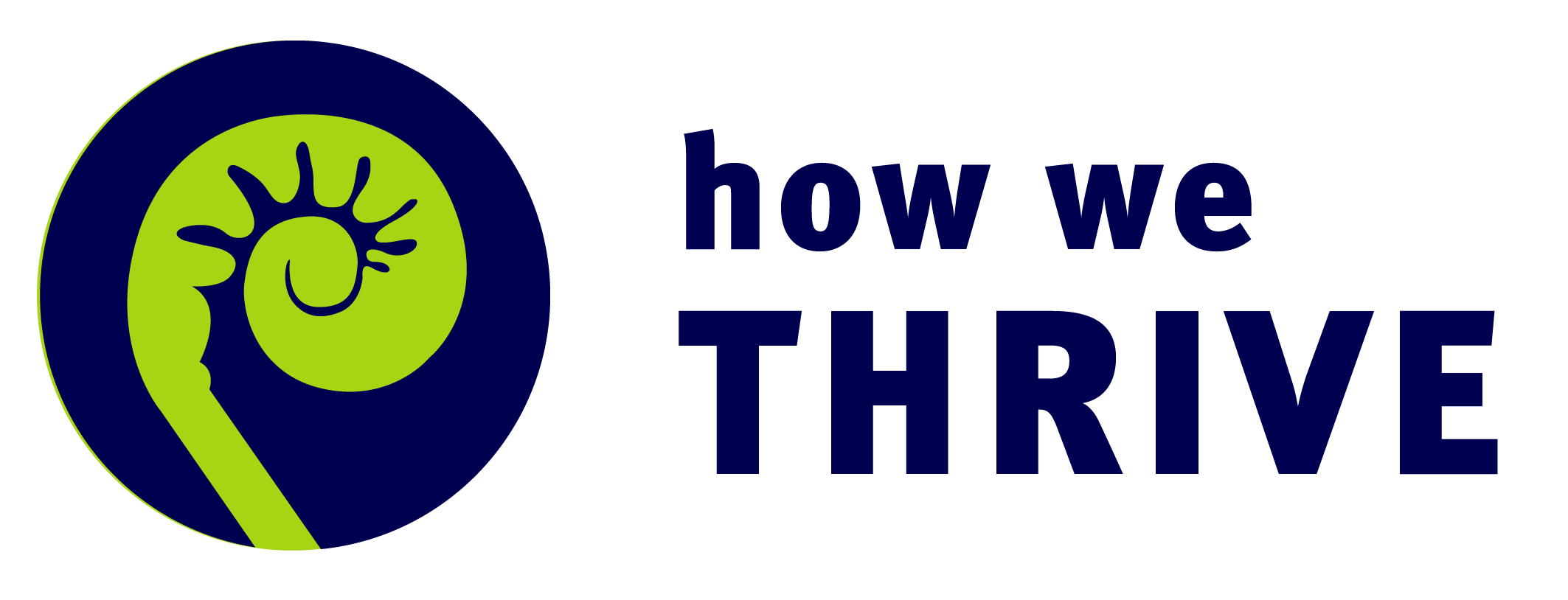Future of food
In spring 2021, 25 people working in different parts of food systems in the Atlantic region came together to craft future scenarios. Here’s what they learned.
Why scenarios?
Scenarios bring possible futures into the present while shedding light on the choices before us now.
In pre-colonial times this land of Mi’kma’ki—its forests, valleys, lakes, rivers and offshore waters—were abundant with food. Since then, these habitats have become depleted, and most people have become dependent on global food supply chains.
In parallel, a restorative food revolution is underway in our region, at least in pockets. Locally grown and distributed food, farmers’ markets, local procurement policies, food hubs, urban gardens are all on the rise. However, many people can’t afford local, organic food or have become lulled by the status quo by temporary access to cheap imported food.
While change-makers tend to focus on positive examples, these stories are too few and disconnected to meet the scale of challenges ahead. A needed level of urgency and strategy is missing. How to keep real trends and facts in focus without sinking into despair or paralysis? We need a collective wake-up call that mobilizes sustained, transformative actions. A wake-up call is a story, a narrative. Where will that story come from?
Scenarios are informed stories about the future that point to a third way, between panic and denial. When we come together to craft scenarios, we don’t have to agree about what will happen or what we think should happen, just about what could happen, given the very real forces at play, both positive and negative. The scenario process invites us to take “informed guesses” and find creative ways to bring future stories to life, so that together we can make choices about which story we want to live into, work towards, rally around.
Stories are powerful. They can lift us out of our everyday silos and into a shared vision of a possible, plausible future. They can illuminate glimpses of a chosen future which are already present, here and now.
Facilitators
Scenario Team
Our team came together from across the Atlantic Provinces.
The process
We identified key global and regional trends, shared knowledge about what is and isn’t working, and applied a scenario method that generated “alternative futures.” We used the scenario process taught by Complexity University, the educational arm of 10-in-10. Scenario planning was originally developed as a planning tool for navigating complexity in military and corporate contexts. Adam Kahane then applied this tool to “wicked social problems” internationally, eventually founding Reos Partners and publishing Transformative Scenario Planning. Zaid Hassan, co-founder of Reos, author of the Social Labs Revolution, and CEO of 10-in-10, is an advisor for this project.
System scan. Drawing on our experiences and some data and stories we provided, we exchanged knowledge and developed a shared picture of trends, vulnerabilities and promising alternatives.
Co-creating a scenario framework. Together we identified factors that are the most unpredictable while potentially having the most impact on food systems over the next 10 years. We used different combinations of these factors to outline possible future trends. We then divided into teams to explore where these trends could have taken us by the year 2031.
Story-making. Between sessions, each team brought its scenario to life, using a story-crafting template developed by the facilitators.
Sharing and peer feedback. Each team presented its story, and invited feedback and discussion from the group.
On resilience
Brook Thorndycraft introduces a food security researcher for the Maritimes and the CEO of Food First Newfoundland, who each explain why the capacity to be networked, flexible and resilient is more crucial than relying on prediction and strategy, or simply reacting to the next disruption.
What the process taught us
Facilitators Brook Thorndycraft and Duncan Ebata reflect on the importance and challenges of considering the future of food. Underneath the complex uncertainties of climate, global supply chains, regional distribution systems, and systemic inequities is a pervasive current of fear. How can we break through this current in order to make conscious decisions and become more adaptive?




